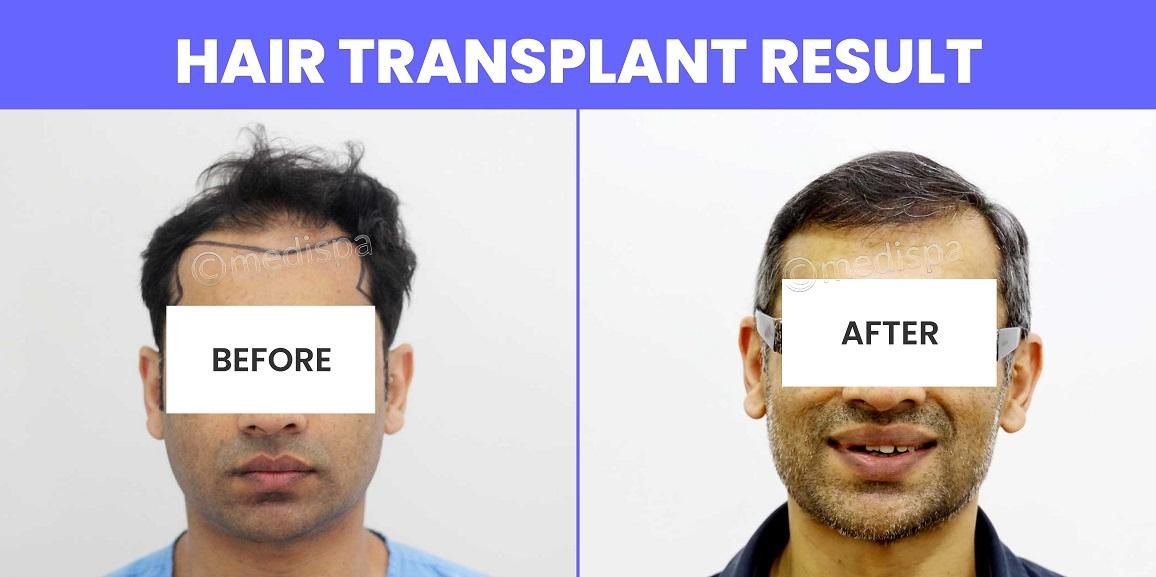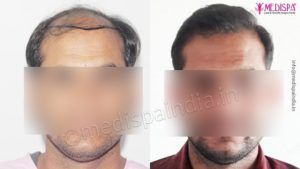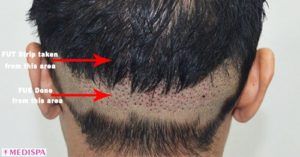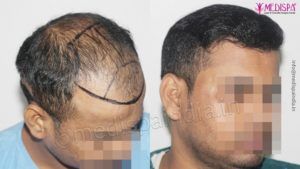
Hair loss among men is becoming increasingly common in younger demographics, moving beyond its traditional link to aging. This phenomenon can be linked to modern lifestyles and rising pollution levels, which negatively impact not only hair and skin but also overall health. The effects of hair loss on young men can profoundly affect their quality of life, influencing both personal and professional aspects. Recent scientific developments have recognized hair transplantation as the most effective solution for baldness.
For detailed information regarding male hair transplants, all essential details can be found in one accessible location. In India, hair transplant in Jaipur has become a prominent hub, noted for its affordability and high-quality care. Medispa hair transplant clinics in Delhi and Jaipur are celebrated for providing outstanding results while maintaining international standards, thus establishing a new benchmark in the hair transplant sector. The competitive environment among clinics has resulted in a significant decrease in hair transplant cost in Jaipur.
Medispa Hair Transplant Clinic stands out as the leading choice for male hair transplants, and we assure you of an exceptional experience. We encourage you to visit our clinics in Delhi and Jaipur for the highest quality hair transplant services. Our advanced facilities guarantee a remarkable journey, ensuring that the process is both pleasant and rewarding.
Dr. Suneet Soni, the esteemed owner and founder of Medispa Hair Transplant Clinic, is renowned for his vast knowledge and artistic flair. His extraordinary creativity enables him to perform hair transplants that exemplify both superior quality and authenticity. Dr. Soni has received numerous honors and is often celebrated as a “master of artistic powers” for his unparalleled ability to design hairlines that look entirely natural.
Hair transplant procedure
Hair transplantation is a cosmetic surgical procedure that entails the removal of hair grafts from various areas of the body and their subsequent implantation into designated bald regions. The donor site from which these hair grafts are obtained should possess either permanent hair roots or exhibit resistance to DHT. When hair follicles that are resistant to DHT are transplanted into a balding area, they replicate the characteristics of natural hair roots and can endure indefinitely. Therefore, the outcomes of a hair transplant are expected to be permanent.
The two predominant techniques employed in hair transplantation are FUT and FUE. The FUE method involves the meticulous extraction of individual hair follicles through the skin using specialized punch-like surgical instruments. In contrast, the FUT technique consists of excising a strip of scalp, which is then subdivided to isolate individual hair follicles. Both methods are effective in delivering optimal results; however, the surgeon must determine the most suitable technique based on the patient’s unique hair loss condition.
What is natural hairline?
The hairline refers to the section of hair that spans the front of the forehead. As individuals grow older, it is common for the hairline to gradually recede, a phenomenon often referred to as a “mature hairline” to some degree. However, when the receding hairline becomes prominent, it is classified as hair loss.
There are notable differences in hairline patterns between males and females. The male hairline typically features the frontal area and temporal triangles, which are absent in the female hairline pattern. In contrast, females have their temporal triangles filled in.
The “extended hairline region” is a particular segment of the hairline that necessitates careful consideration to ensure a natural appearance. This area encompasses the three-zoned transition zone, defined zone, and frontal tuft area, each characterized by a unique hair distribution pattern.
How to achieve natural looking hair transplant?Is it possible for the hair transplant results to look natural?
The hair transplant procedure in its early years could not guarantee natural-looking results, as the rudimentary techniques often resulted in a plugged appearance. However, advancements in the procedure have now enabled it to achieve world-class, natural-looking outcomes. Consequently, it is indeed feasible to attain such results, provided that the hair transplant surgeon possesses both artistic sensibility and comprehensive knowledge of the procedure.
Contemporary hair transplant results have significantly improved. It is essential for the hair transplant surgeon to have expertise in executing the procedure, a deep understanding of hairline design principles, and the artistic ability to create a natural hairline. Several key principles for designing the hairline are outlined below:
- Random orientation of hair grafts: In the process of designing the hairline, it is essential for the hair transplant surgeon to focus on the orientation of each hair follicular graft in a deliberately random pattern. This approach contributes to a more natural appearance. Conversely, hair grafts that are placed in a straight or uniform manner can create an effect reminiscent of a wig or a doll’s head, resulting in an unnatural look.
- Appropriate arrangement of hair grafts: The placement of hair grafts should follow an irregular zigzag pattern, which is crucial for achieving a natural-looking hairline. Many less experienced surgeons tend to arrange the grafts in a linear fashion due to insufficient knowledge of hairline design, which can lead to perceptions of a failed hair transplant, even if satisfactory hair growth is achieved.
- Careful selection of hair grafts for specific areas: Each hair graft contains between one to four hairs, commonly referred to as single or multiple hair follicles. These grafts are meticulously categorized based on their hair count and are then selectively allocated to specific areas of baldness. Single hair follicles are typically chosen for the frontal hairline and temporal regions to ensure a natural appearance, while multiple hair follicles are generally utilized for the back rows, particularly from the third row, where greater density contributes to a fuller look.





